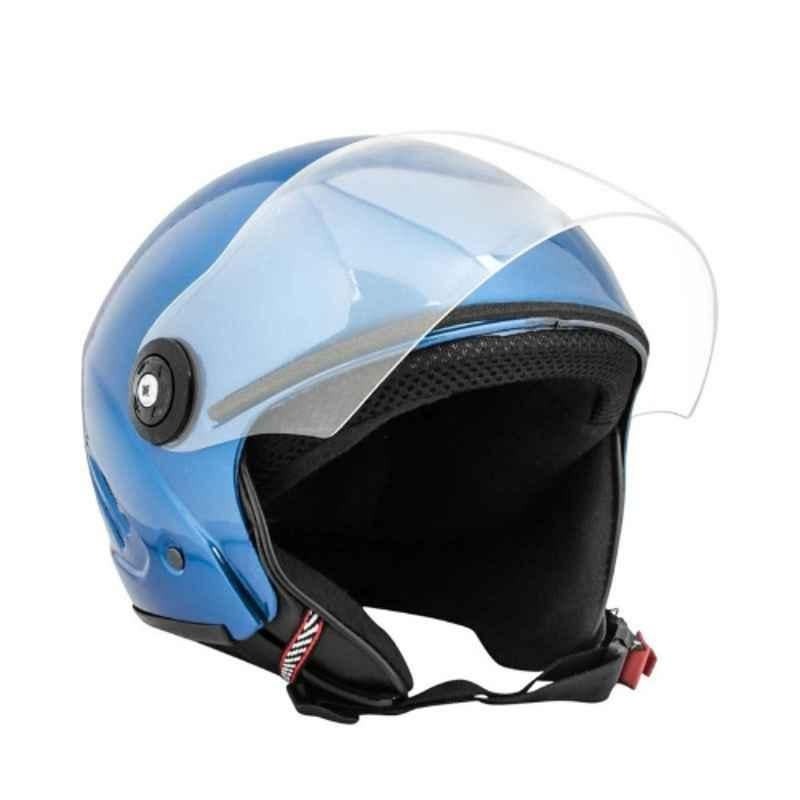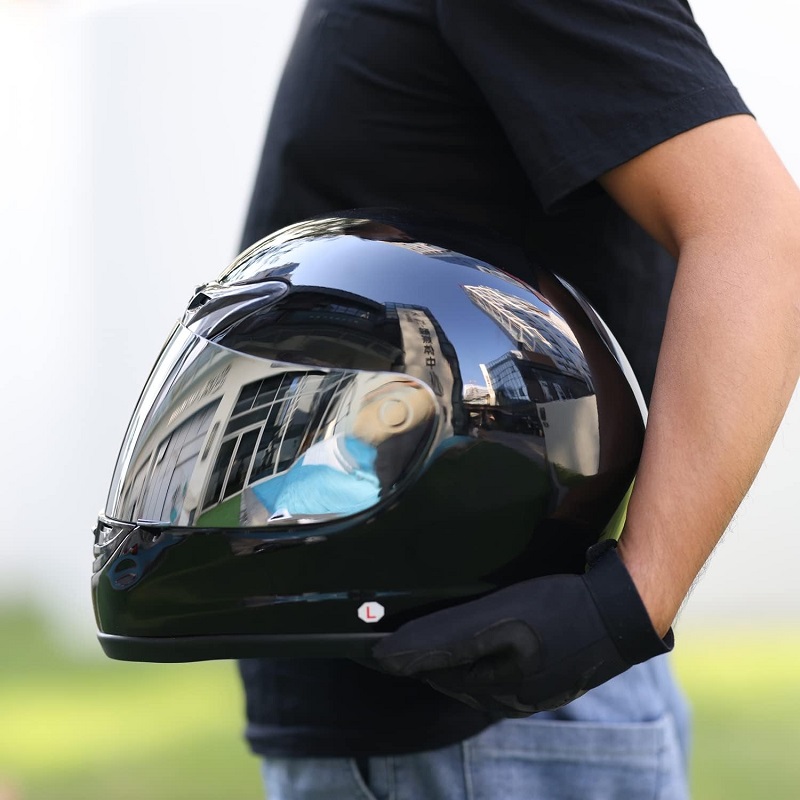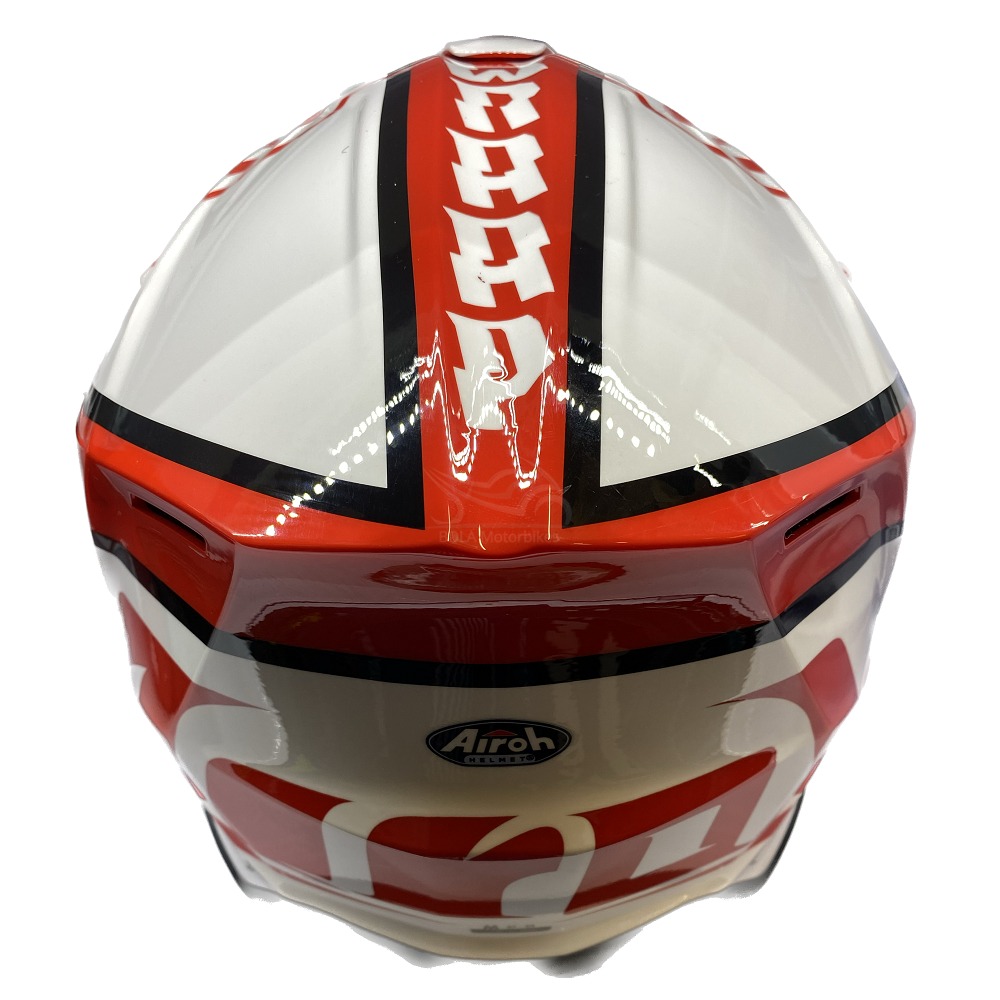Jan 2, 2025
When to Replace Motorcycle Helmet: A Complete Guide
When it comes to ensuring your safety on the road, understanding when to replace motorcycle helmet is essential. Motorcycle helmets are a vital part of a rider’s gear, ultimately serving to protect your head from serious injury. Here are several significant points to consider regarding the lifespan and wear indicators of your helmet.
Recognizing the Signs of Helmet Expiration
Motorcycle helmets are essential for rider safety, but they aren’t everlasting. Knowing when to replace your helmet is crucial for maintaining optimal protection. Here are clear indicators:
Visual Wear and Tear
Check your helmet regularly for visible damage. Look for cracks in the shell, peeling paint, or a faded appearance. These can signal that the helmet may not provide full protection.
Interior Condition
Inspect the inner padding for wear. The lining should be intact and snug against your head. If it’s loose or deteriorated, it’s time for a replacement.
Strap Integrity
The chin strap must be in good condition to keep the helmet secure. Fraying or looseness means the helmet may not stay in place during an impact.
Visor Clarity
A clear visor is vital for safe riding. Scratches or cloudiness can impair vision, signaling a need for visor replacement or a new helmet.
Recognize these signs to ensure your helmet remains a reliable piece of safety gear. Your safety depends on it, so stay vigilant and replace your helmet when necessary.
The Five-Year Rule: Understanding Helmet Lifespan

The five-year rule is a common guideline for helmet lifespan. Manufacturers often recommend replacing helmets every five years. Here’s why:
- Material Degradation: Helmets face natural wear even if not in frequent use.
- Protective Capability: Over time, the materials may not protect as well.
- Technology Advances: Newer helmets have improved safety features.
- Hidden Damage: Impacts, even minor ones, can reduce a helmet’s effectiveness over time.
- Environmental Effects: Exposure to sun, heat, and chemicals can affect helmet components.
Remember that a helmet’s age is measured from the date of manufacture, not purchase. Always check the manufacturer’s date inside your helmet. If it’s over five years old, consider a replacement for your safety. Ensure your helmet’s protective capabilities remain intact by adhering to the five-year rule.
Impact and Accident: Immediate Replacement Needs
If your helmet has been in an accident or impacted, replace it right away. Even if it looks fine, the unseen damage can reduce its ability to protect you in another crash. Here’s what to consider:
- Visible Cracks or Dents: If you see any cracks or dents on the helmet’s surface, it means the helmet’s structure may be compromised.
- Impact Absorption: The inner foam, designed to absorb shock, can be damaged after a hit. It won’t offer the same protection again.
- Safety First: Your head is precious. Don’t risk it with a possibly weakened helmet. If in doubt, replace it.
Always prioritize safety over the cost of a new helmet. Remember, helmets are designed for one-time impact protection. Use your helmet wisely, and replace it immediately after any accident to ensure maximum safety.
Environmental Factors Affecting Helmet Durability
Your motorcycle helmet can degrade faster due to certain environmental conditions. Understanding these factors can help you extend its lifespan. Here’s what to watch for:
Exposure to Sunlight
Prolonged exposure to UV rays can weaken the helmet’s outer shell. Keep your helmet out of direct sunlight when not riding.
Extreme Temperatures
Very hot or cold weather can damage both the helmet’s materials and its comfort lining. Store your helmet in a place with a stable, moderate temperature.
Humidity and Moisture
Excess moisture can affect the inner padding and adhesives. Keep your helmet in a dry environment to prevent this.
Chemicals and Solvents
Gasoline and cleaning agents can break down a helmet’s materials. Avoid contact with these substances to maintain helmet integrity.
By guarding against these environmental factors, you can ensure that your helmet remains safe and effective for as long as possible. Always store your helmet properly and check it frequently for signs of environmental damage.
Maintenance Tips to Prolong Helmet Life
To extend the life of your motorcycle helmet, follow these maintenance tips:
Proper Cleaning
Wash your helmet’s exterior with mild soap and water. Use helmet-specific cleaners for the padding. Let it air dry; avoid using heat sources.
Avoid Chemical Exposure
Keep your helmet away from harmful chemicals. This includes gasoline, solvents, and strong cleaners that can damage the helmet materials.
Regular Inspections
Examine your helmet often for signs of wear or damage. Check the shell, padding, and straps for issues that could impact safety.
Careful Handling
Handle your helmet gently to prevent drops or impacts that can cause invisible damage to the shock-absorbing layers inside.
Proper Storage
Store your helmet in a cool, dry place away from direct sunlight. Use a helmet bag for added protection against scratches and dust.
By following these maintenance tips, you can help your helmet last longer and ensure it offers maximum protection whenever you ride.
Identifying Damages: When a Helmet Loses its Integrity
Motorcycle helmets can suffer damages that aren’t always visible. These signs mean it’s time to replace your helmet:
Shell Compromise
Look for signs of cracks, dents, or fading on the helmet’s shell. These can weaken its protection.
EPS Liner Damage
The EPS liner absorbs impact. If it’s damaged, the helmet won’t protect as effectively.
Padding Deterioration
Check the padding inside your helmet. If it feels loose or shows wear, consider a new helmet.
Strap Wear
Examine the chin strap for fraying or loosening. A secure fit is essential for safety.
Visor Issues
Scratches or cloudiness in the visor can obstruct vision. A clear view is critical for safe riding.
Impact History
If your helmet endured an impact, get a new one. Even small hits can compromise safety.
By noting these damages, you can judge when to replace your helmet. A helmet with any of these issues may not provide full protection in an accident. Stay safe by ensuring your gear is in top condition.
Advanced Helmet Features to Consider in a Replacement

When searching for a new motorcycle helmet, consider advanced features that enhance safety and comfort. Here are key features to look for:
Enhanced Material Technology
Modern helmets use advanced materials for better protection. Look for options like carbon fiber, multi-density EPS, and innovative composites.
Improved Fit and Comfort
Choose helmets with adjustable padding systems and ergonomic designs. They ensure a snug fit and reduce fatigue on long rides.
Integrated Communication Systems
Consider helmets prepped for Bluetooth devices. They keep you connected with fellow riders without sacrificing safety.
Upgraded Ventilation Systems
Good airflow is crucial for comfort. Helmets with advanced ventilation channels keep you cool, especially in warm weather.
Aerodynamic Design
A sleek design reduces wind noise and drag. This feature makes your ride smoother and less tiring.
Enhanced Vision
Opt for helmets with anti-scratch, anti-fog visors. These provide clear vision in varying riding conditions.
Sun Protection
Helmets with built-in sun visors or UV protection shield your eyes on bright days.
Quick-release Straps
For convenience, select helmets with quick-release chin straps. They offer ease of use while maintaining security.
By choosing a helmet with these advanced features, you ensure greater safety, comfort, and enjoyment on the road. Always prioritize features that match your specific riding needs and preferences.
Professional Insights on Motorcycle Helmet Expiration

With the safety of motorcycle riders at the forefront, helmet expiration is a topic of great concern. Experts advise against extending a helmet’s use beyond its safety margins to prevent risking inadequate head protection. Here are insights to heed:
Expert Advice on Lifespan
Professionals emphasize the “five-year rule” for helmet replacement. The rule is not arbitrary; it’s grounded in research and industry observations. Over time, material breakdown and environmental factors diminish a helmet’s defensive capabilities.
Recognizing Hidden Wear
Surface checks may not reveal all helmet damage. The internal padding and shock-absorbent materials can degrade silently. Relying on a helmet past its prime could leave riders vulnerable during an impact.
Updates on Standards and Technology
Safety guidelines evolve, and so does helmet technology. Older helmets may lack recent advancements. These encompass superior materials, better design, and enhanced features like integrated communication systems.
Consultation with Manufacturers
Helmet makers offer crucial information on lifespan and maintenance. They provide guidelines tailored to the usage patterns and material specifications of their products.
Independent Testing and Certification
Independent bodies test helmets rigorously against impact scenarios. They offer certifications like DOT, ECE, or SNELL, reflecting a helmet’s reliability in safety performance.
By integrating these expert insights and adhering to recommended guidelines, riders ensure they are equipped with reliable head protection. A helmet’s expiration should never be overlooked, as it is central to motorcycle safety.
More Details